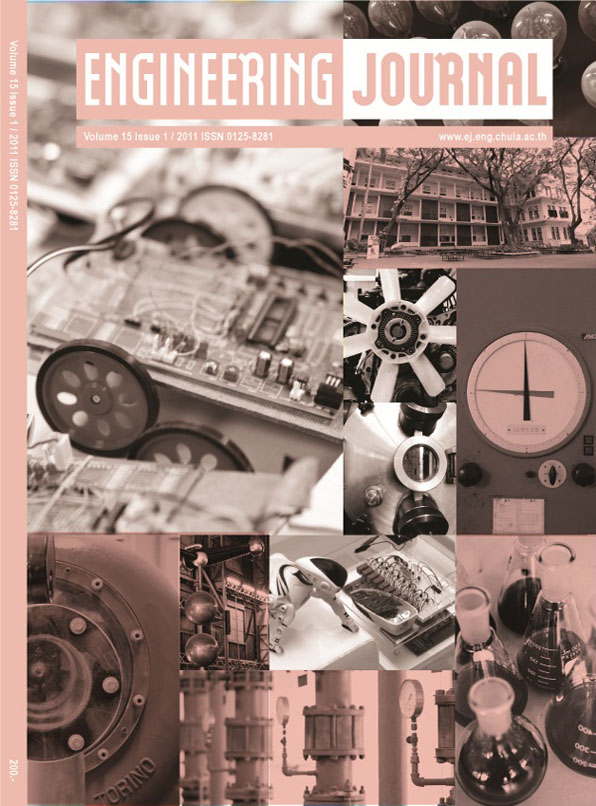Can RTK GPS be Used to Improve Cadastral Infrastructure?
DOI:
https://doi.org/10.4186/ej.2011.15.1.43Keywords:
Cadastre, infrastructure, RTK, GPS, geospatial alliance project, Australia.Abstract
Cadastral surveying is concerned with the process of gathering evidence in the form of position information that is used to define the location of objects or land boundaries for the purposes of identifying ownership and/or the value of land parcels. The advent of Global Navigation Satellite Systems (GNSS), such as the Global Positioning System (GPS), has revolutionised the way 3-dimensional positions are determined and GPS surveying techniques, particularly Real Time Kinematic (RTK), are increasingly being adopted by cadastral surveyors. This paper presents a methodology for using RTK GPS observations to improve the existing cadastral survey control infrastructure, based on an extensive survey carried out in New South Wales, Australia. It is shown that accuracies (RMS) of 11 mm in the horizontal and 34 mm in the vertical component (1?) can be achieved for this dataset. Calculated bearings and distances agree very well with the official values derived from the state’s survey control database, easily meeting accuracy specifications and survey regulation requirements. 55% of the unestablished marks surveyed were able to be upgraded to cadastral survey control quality. Enhancements in the GPS survey design would have enabled an even higher percentage of marks to be classified as established, showing that the RTK GPS technique is well suited to improving survey control infrastructure for cadastral surveyors.
Downloads
Downloads

Authors who publish with Engineering Journal agree to transfer all copyright rights in and to the above work to the Engineering Journal (EJ)'s Editorial Board so that EJ's Editorial Board shall have the right to publish the work for nonprofit use in any media or form. In return, authors retain: (1) all proprietary rights other than copyright; (2) re-use of all or part of the above paper in their other work; (3) right to reproduce or authorize others to reproduce the above paper for authors' personal use or for company use if the source and EJ's copyright notice is indicated, and if the reproduction is not made for the purpose of sale.









